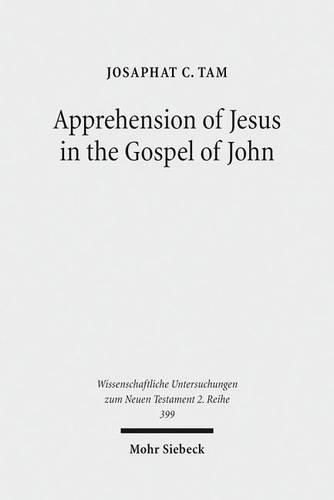Readings Newsletter
Become a Readings Member to make your shopping experience even easier.
Sign in or sign up for free!
You’re not far away from qualifying for FREE standard shipping within Australia
You’ve qualified for FREE standard shipping within Australia
The cart is loading…






Josaphat C. Tam discusses the apprehension of Jesus concept in John’s Gospel by focusing on the apostle’s use of seeing, hearing, knowing, witnessing, remembering and believing terms. In so doing, the author contributes to a better understanding of the concept and John’s persuasive strategies by delineating a four-phased apprehension of Jesus in line with the overall plot. On this basis, he postulates four aspects of John’s intended impact. Firstly, John has a dual faith-engendering goal targeted at believers and non-believing alike while he secondly skillfully reminds his audience of the importance of Jesus’ presentness as a living, omniscient and divine being. Thirdly, the past activities of seeing and hearing in the Gospel are associated with reading John’s trustworthy testimony in the present. Finally, the belief or unbelief of readers is exposed to challenging possibilities when the narrated Jesus is encountered.
$9.00 standard shipping within Australia
FREE standard shipping within Australia for orders over $100.00
Express & International shipping calculated at checkout
Josaphat C. Tam discusses the apprehension of Jesus concept in John’s Gospel by focusing on the apostle’s use of seeing, hearing, knowing, witnessing, remembering and believing terms. In so doing, the author contributes to a better understanding of the concept and John’s persuasive strategies by delineating a four-phased apprehension of Jesus in line with the overall plot. On this basis, he postulates four aspects of John’s intended impact. Firstly, John has a dual faith-engendering goal targeted at believers and non-believing alike while he secondly skillfully reminds his audience of the importance of Jesus’ presentness as a living, omniscient and divine being. Thirdly, the past activities of seeing and hearing in the Gospel are associated with reading John’s trustworthy testimony in the present. Finally, the belief or unbelief of readers is exposed to challenging possibilities when the narrated Jesus is encountered.